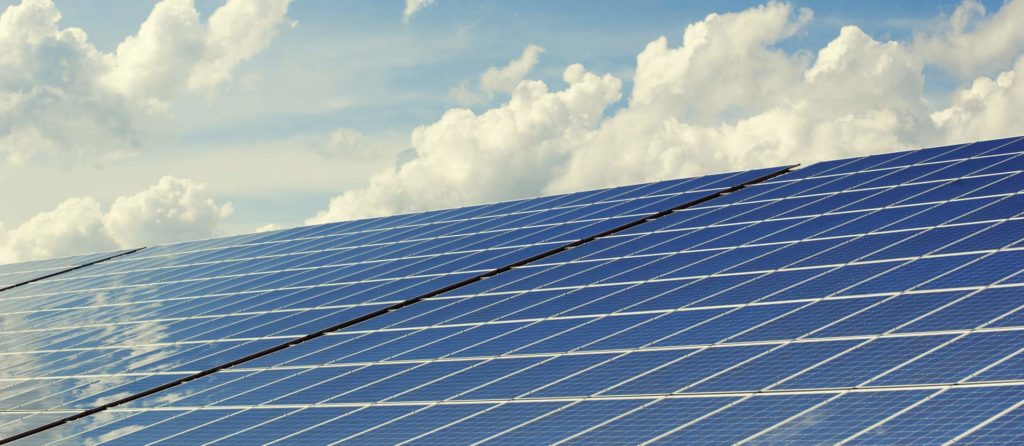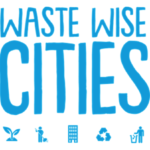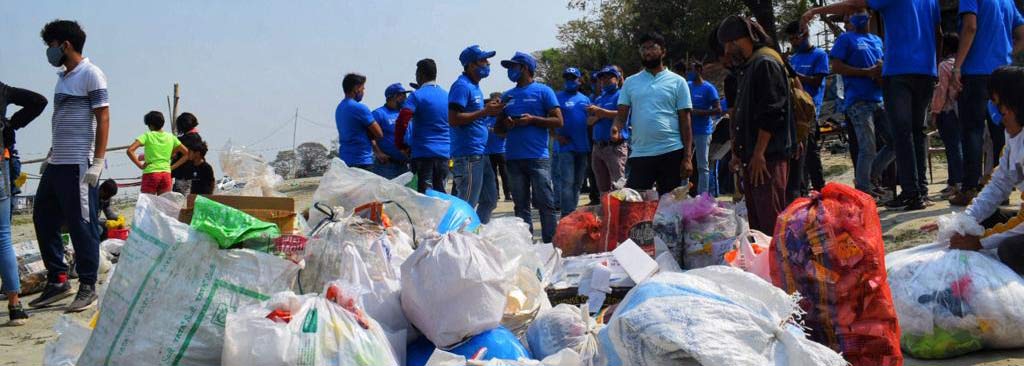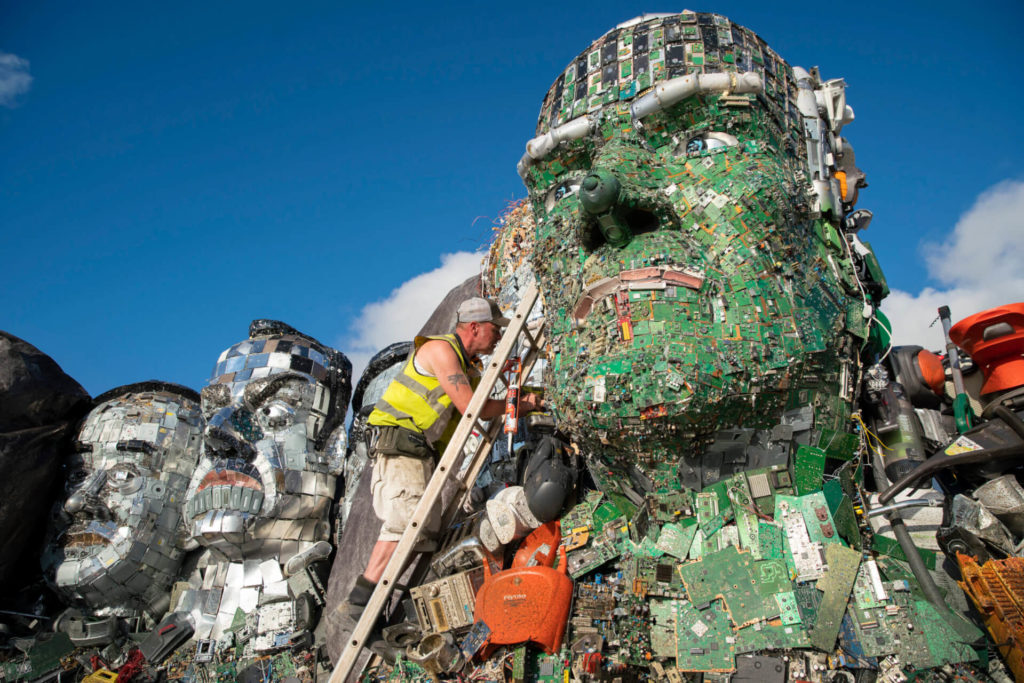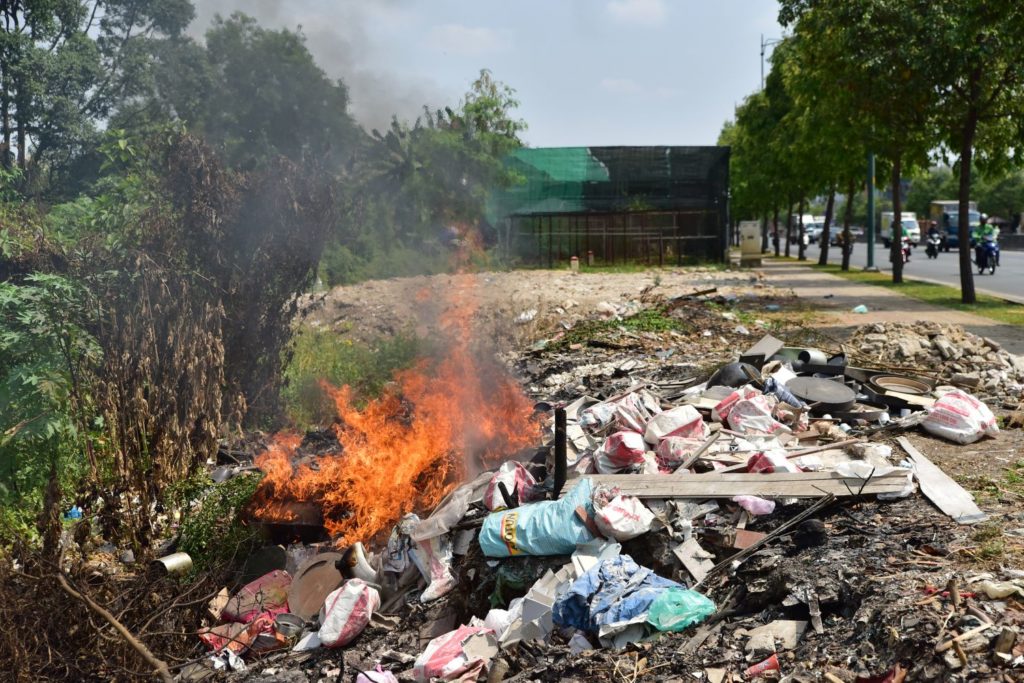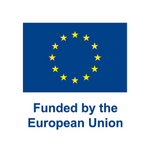E-Waste
Managing electronic and electrical waste
Waste electronic and electrical equipment, also known as e-waste, is one of the world’s most damaging and least recycled waste streams.
Globally, an estimated 50 million tonnes of e-waste is generated each year, with 40 million tonnes going to landfills and dumpsites, or being burned or managed unsafely.
Recycling e-waste is one of the most important things you can do to help deliver a low-carbon future.
“Stop e-waste spinning out of control” kindly created for WasteAid by The Operators.
WasteAid’s e-waste resource hub
Welcome to our resource hub dedicated to e-waste, sponsored by musicMagpie.
By exploring the WasteAid e-waste resource hub, you will be able to:
- Identify e-waste
- Understand the impacts of poorly-managed e-waste on human health and the environment
- Read best practice case studies from Asia and Africa
- Access training materials and guides to help you set up your own small-scale e-waste dismantling facility
- Learn how to manage e-waste from solar power systems.
Introductory webinar
Watch a WasteAid-hosted webinar with an international and world-leading panel:
- What are the greatest challenges to keeping e-waste out of landfill?
- Where do you feel there are misunderstandings about e-waste recycling, what impact is this having, and how can government policymakers help?
- In the context of COP26, what message would you like to give to world leaders about e-waste?
WEBINAR PANEL:
Steve Oliver is the CEO and Founder of musicMagpie, a recommerce company operating in the UK and US, enabling electrical goods to be repaired, resold and recycled.
Retha Moraa is Head of Sustainability at the WEEE Centre and Circular Innovation Hub in Nairobi, Kenya.
Adam Minter is a Bloomberg Opinion columnist. He is the author of “Junkyard Planet: Travels in the Billion-Dollar Trash Trade” and “Secondhand: Travels in the New Global Garage Sale”.
Zoë Lenkiewicz was WasteAid’s Senior Technical Advisor and Head of Communications.
How Used Solar Panels Are Powering the Developing World
An overlooked niche in the energy trade is keeping high-tech waste out of the trash — and helping to connect millions of people to reliable electricity. Bloomberg columnist on emerging markets, technology and waste, Adam Minter, explores.
This article first appeared in Bloomberg Opinion and is shared with permission from the author.
Read Adam Minter’s story about the global trade in secondhand solar panels
Upcycling e-waste trash into innovative treasure
Global electronic waste expected to double by 2050. Informal e-waste repairs could improve environment and livelihoods, and training programmes are developing the future of e-waste communities.
Read article by Fintan Burke published on SciDev.net (external link)
Tens of Millions Now Have Power Thanks to Off-Grid Solar Systems – Many of Them Recycled
Since 2017, revenues from the off-grid solar industry have increased by 30% annually. 180 million off-grid solar panels were sold to people in countries including Nigeria, Pakistan, and Lebanon. In the Southern Hemisphere, merely an $11 billion investment at current market conditions would be needed to expand the second-hand solar trade to every unpowered inhabitant.
Read article by Andy Corbley published on Good News Network (external link)
E-waste Resource Library
UN Waste Wise Cities
UN Habitat launched Waste Wise Cities to address the increasing global waste management crisis.
This e-waste focused newsletter includes:
- Introduction to Waste Electrical and Electronic Waste (WEEE) aka e-waste
- The UN e-waste coalition
- E-waste and COVID-19
- Publication: Children and digital dumpsites, World Health Organisation
- Webinar deep dive: Treatment of WEEE or e-waste
E-waste in India: challenges and agenda
CSE India published this comprehensive report on the current status of e-waste management in India, including:
- Sources of e-waste
- E-waste legislation
- Extended Producer Responsibility
- Collecting e-waste
- Recyclers, formal and informal
> Read the CSE report on e-waste in India
E-waste Training Manual
This training manual about safe and sound handling of electric and electronic waste (e-waste) was developed within the framework of the German Cooperation programme for “Environmentally Sound Disposal & Recycling of E-Waste” (E-Waste Programme, 08/2016 – 01/2020), with its objective to support the Ghanaian Ministry of Environment, Science, Technology and Innovation (MESTI) to improve the conditions for sustainable management of e-waste in Ghana.
- E-waste: global and local implications
- Manual dismantling
- Output fractions
- Management of a small-scale dismantling facility
- How to organise trainings
- Literature, references and links
Handbook of E-waste Management
International best practice and case studies
Edited by: Majeti Narasimha Vara Prasad, Meththika Vithanage and Anwesha Borthakur
This is a very comprehensive guide to E-waste management, including:
- An overview of treatment technologies of E-waste
- Urban mining of E-waste: treasure hunting for precious nanometals
- Biochemical hazards associated with unsafe disposal of electrical and electronic items
- Policy issues for efficient management of E-waste in developing countries
- Waste electrical and electronic equipment in India, Pakistan, Sri Lanka, Nigeria and Ghana
Off-grid solar e-waste toolkit
from EEP Africa
“Off-grid solar (OGS) technologies provide life-changing access to modern energy services for people and communities currently living without electricity. Yet these products can have negative impacts on human and environmental health if not disposed of properly. The risk of the adverse effect is particularly high for women and children.
“Investment in anticipatory e-waste management strategies will reduce these risks and ensure the OGS industry’s growth is sustainable over the long term. Efforts to recapture and recycle e-waste are gaining ground in Africa, but they are still limited by uneven regulations, low infrastructure and capacity, and a lack of consumer awareness.
“EEP Africa, in partnership with CLASP, has compiled a set of resources to support companies overcome many of the barriers to e-waste management and recycling in East and Southern Africa. In this toolkit, project developers will find best practices for off-grid solar e-waste management, resources on local legislation, and recommendations for recycling services.”
The Energy and Environment Partnership Trust Fund (EEP Africa) is a clean energy financing facility hosted and managed by the Nordic Development Fund (NDF) with funding from Austria, Finland and NDF. It is guided by a vision for a climate-resilient, zero-carbon future with the aim of contributing to the achievement of the Paris Agreement on climate change and Sustainable Development Goals (SDGs).
- Types of e-waste
- Forms of solar e-waste
- Waste-handling hierarchy
- Impact of e-waste management
- Achieving the SDGs
Choosing and handling batteries
- Battery types
- Battery maintenance
- Handline batteries at end-of-life (EoL)
- Future of batteries: new technologies and innovation
Recommendations on Reduce – Reuse – Recycle
- Product design
- Customer & organisational role
- Repair capacity
- Recycling requirements
Strategies for e-waste management
- Take back and collection
- Incentives
- Collaboration
- Technology and software
musicMagpie promotes global e-waste recycling in partnership with WasteAid
“E-waste is a growing problem worldwide and its impact on the environment is significant. If sent to landfills, e-waste can leak harmful chemicals into the soil and water or if incinerated, fumes release chemicals into the air, contributing to global warming. Not only this, but everything from our phones to our laptops rely heavily on precious materials to operate, which are not only limited resources, but also directly impact climate change when being extracted from the earth,” Steve Oliver, founder and CEO at musicMagpie.
musicMagpie enlisted the help of the artist Joe Rush to create a giant Mount Rushmore-style sculpture of the G7 leaders’ heads, made entirely of discarded electronics, on a beach near to Carbis Bay where the G7 Summit was held in June 2021. The sculpture contains 12 tonnes of e-waste.
Our thanks to musicMagpie for sponsoring WasteAid’s e-waste hub.
If you’re in the UK and have old electronics at home, you can send them to musicMagpie and donate the proceeds to WasteAid.
The growing problem of e-waste should play a bigger role in the climate change debate
Steve Oliver, Founder & CEO musicMagpie, says that the scale and the urgency of the e-waste challenge is huge. But the good news is that there are solutions and people need to be educated about the problem, then incentivised to act.
> Read Steve Oliver’s thought-leadership piece on the WasteAid Waste & Climate hub

